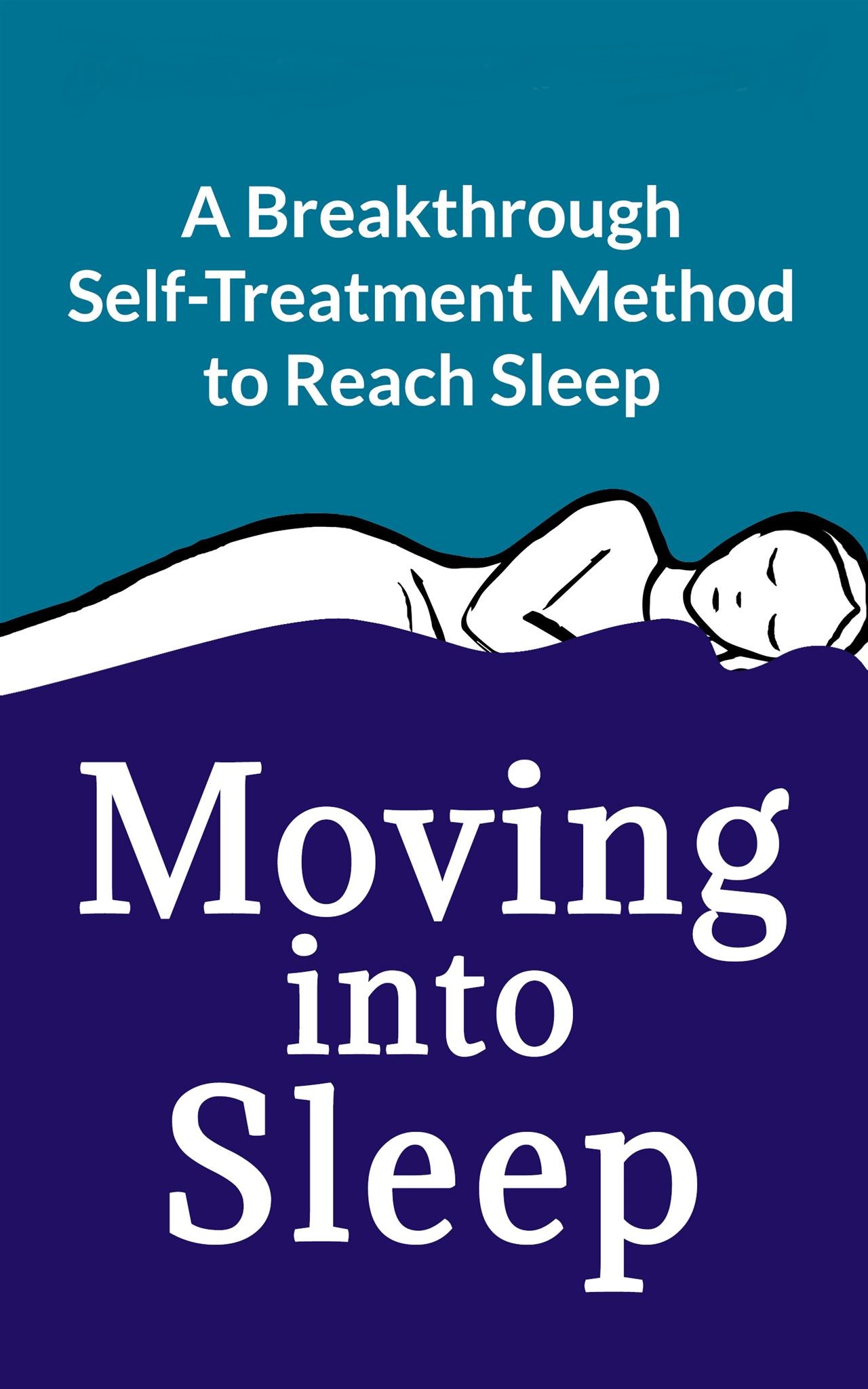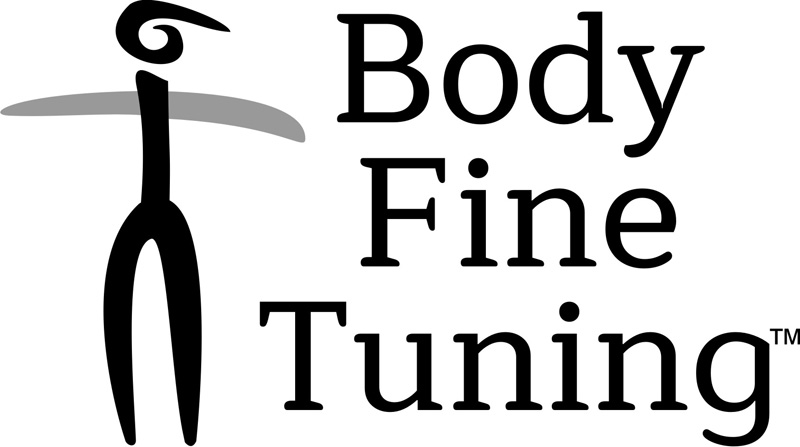Here a questions I answered at Quora.com.
How do you get past a sleep paralysis episode?
One of the keys to solving what possibly could trigger sleep paralysis, how to prevent it and how to handle it, is in understanding how the visual neurological system works.
To start, it might be worth mentioning, that for someone who has never experienced a sleep paralysis, it is simply impossible to imagine how it feels. Years ago, when I was extremely tired, I experienced a mild sleep paralysis a couple of times: soon after I fell asleep, I woke up, not able to move my body while I saw the ceiling ventilator lamp grow in size and fall toward my head. Of course, the lamp never fell, but I still remember the scary dreamlike vision of it.
From my clients, I’ve heard many stories, often colored with the strangest unimaginable visions, and based on all this, it seems that during sleep paralysis the visual cortex in the brain, the part that processes visual information, is taking a dominant position, while the motor cortex, the part that organizes movements is in deep rest. In other words, your mind is awake, your visual system is hyperactive and your body is in deep rest This explains why sleep paralysis is a state of extremes sensations.
Importance of Limiting Visual Input
Reflecting the dominant role of the visual system in sleep paralysis, one way to minimize, or possibly even to avoid it, is by limiting visual intake. Already, it is good to turn off all digital screens one hour before sleep, but this might be too little to calm down the optical nerve and the visual cortex. If so, it is necessary to limit seeing vivid content like social media pages, or something that might cause strong emotional reactions, like news.
Instead, read a book or do something that is uplifting and engage with activities that make you feel positive. Backed by neuroscience, creative and positive thinking promotes positive processes in the brain, and also - better sleep.
Here, it is good to realize that everyone uses their eyes differently and that some of us are much more sensitive to visually experiencing the world than others. Compare someone having, for example, a more 'auditory' brain with someone having a ‘visual’ brain - their life is very different. This also explains why some people ‘see’ more dreams than others.
Importance of Getting Enough REM-sleep
The REM or Rapid Eye Movement sleep is the phase when your brain does self-reorganizing, complex tasks of validating experiences, eliminating non-impressive ones and integrating important ones into long term memory. During this process your brain doesn’t want to get disturbed, and therefore shuts down your anti-gravitational movement system, making it temporarily paralyzed. Your eyes, however, are closely linked to your brain and become even more active during the reorganizing process. This is why your eyes show rapid movements and you see dreams and visions.
Here, it is important to know that the REM-sleep is the top-necessary sleep for the brain - without REM-sleep your brain cannot function well. Therefore, if you’ve had broken nights and you didn’t get enough REM-sleep, the next time you go to sleep, your brain will force you into REM-sleep as soon as possible, with possible complications, like sleep paralysis. Because your body is still somewhat tense, it might trigger you to wake up, while you brain is already in the REM-sleep.
Based on this, avoiding sleep deprivation is one of the best ways to avoiding sleep paralysis as well!
Importance of Preparing for Sleep Paralysis
As important as it is to prepare yourself for getting better sleep, it is also important to be prepared to handle sleep paralysis. As I mentioned before how positive thoughts promote positive processes in the brain, it helps to prepare your mind to handle sleep paralysis in a positive way, calmly, knowing that your brain is simply doing its job – there is nothing wrong. Here, remember that your brain needs repetitions to establish a deeply rooted automatic response - you need to remind yourself about this new mindset always when you go to sleep, preferably a month long. As a result, it gets easier to automatically recognize and handle your sleep paralysis.
Importance of Waking up Your Body
When sleep paralysis happens, it is important to know how to re-able yourself to move. This needs movement practicing as if you would be learning a new skill. Here, if you look at the neurological system, waking up is just like playing the piano – movement with result. Fortunately, the ‘waking up’ movements are much easier to learn than ‘piano-playing’.
To wake up, based on my experience, I’d suggest using your hands and your mouth. Stretch and flex your fingers a few times, then relax, and repeat. Do the same with your mouth, paying attention to the jaw movement. Based on neurological movement principles, both your hands and your jaw communicate with large areas in the brain so by moving them, you can get access to waking up other areas in the cortex as well.
To learn this skill, before sleeping, do a few hand and jaw movements, and if you wake up into sleep paralysis, repeat the movements, making them small, but with an intention to wake up. Here again, remember that your brain needs repetitions to establish a deeply rooted automatic response - you need to practice doing these movements always before you go to sleep, preferably a month long. As a result, it gets easier to handle your sleep paralysis.
Importance of Doing Sleep-inducing Movements
After the paralysis is over, take a few minutes to get back to your normal state of awareness. Sit or stand up, gently rub your arms and your legs, and pay attention to how your body feels.
Then, to get back to sleep and to improve your sleep quality you could try doing sleep-inducing movements the way I show in the Moving into Sleep method.

As a self-treatment, the Moving into Sleep Method is based on educational neuroscience. By doing gentle and subtle movements you can calm down your nervous system and fall asleep.
Thanks for reading,
Oliver
“Better sleep is a gentle movement away”
